50 TV Stars Turned Movie Stars
Busting out of the box
George Clooney
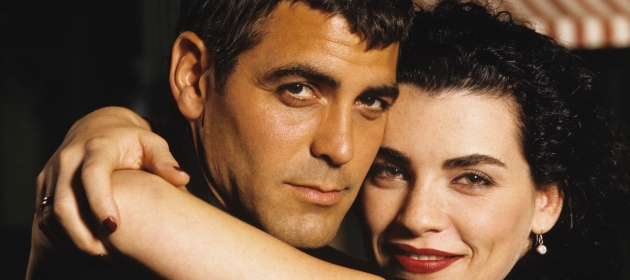
The TV Show: Clooney made his screen debut as an extra in series Centennial in 1978, though his first major role came along with E/R – not to be confused with E.R. A 1984 sitcom that only lasted one season, E/R was set in a hospital and starred Elliot Gould.
Of course, Clooney would return to the emergency room a decade later for E.R., in which he reached fever pitch heartthrob fame as Dr Ross.
The Breakout Movie: Clooney’s first major film role was From Dusk Till Dawn , which saw him team up with Quentin Tarantino and wasting vampires.
Any Similarities: Though he certainly is in desperate need of ER, Dawn couldn’t be further away from that clinical TV drama.
Robin Williams
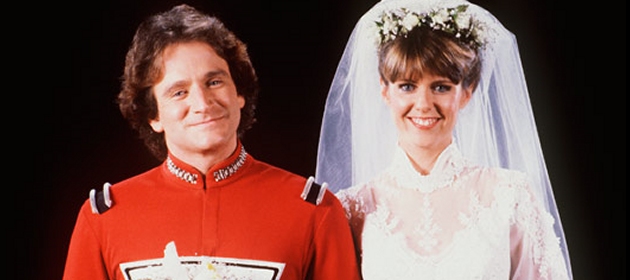
The TV Show: The Hairy One got his big break with endearingly offbeat sitcom Mork And Mindy after a guest stint in Happy Days .
Having impressed the producers of Days with his unquenchable energy and knack for improv, Williams got his own spin-off revolving around adorably quirky alien Mork. It ran for four seasons.
The Breakout Movie: Before he became the go-to guy for animated voice-overs and fluffy family dramas, Williams showed great screen promise with Good Morning, Vietnam (1987).
Any Similarities: Yep, Williams was still doing the fast-talking, quick-fire comedy stuff in Vietnam , though with more of an adult edge than TV scheduling would allow.
Helen Hunt
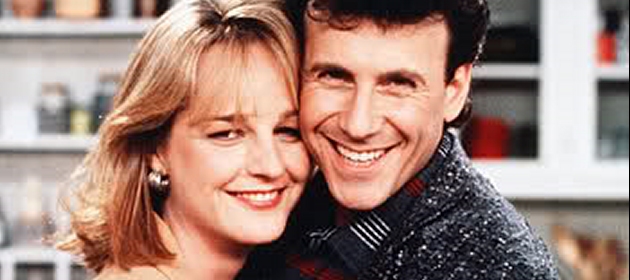
The TV Show: Hunt first earned her bread and butter via numerous guest spots on primetime TV. Working as a child actress in the ‘70s, she appeared on the Mary Tyler Moore Show, The Bionic Woman and The Swiss Family Robinson.
A leading TV role finally came along in the form of ‘90s sitcom Mad About You .
The Breakout Movie: The Academy came knocking when Hunt teamed up with Jack Nicholson for the incomparable As Good As It Gets , a warm-hearted, joyously sardonic drama in which her waitress falls for his ill-mannered OCD romance novelist.
Any Similarities: The humour’s still there, but it’s darker and more interesting.
Dan Aykroyd
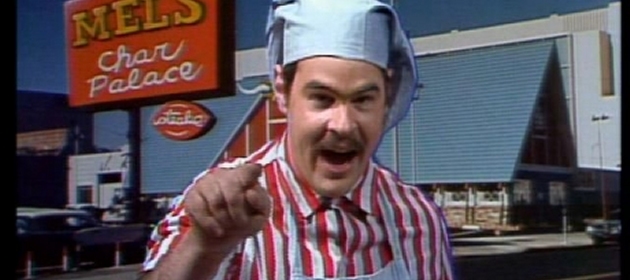
The TV Show: Saturday Night Live has acted as a platform for plenty of TV-turned-movie-stars, but Dan Aykroyd is one of its coolest exports.
The young actor became one of the youngest cast members of the long-running sketch show during its first four years between 1975 and 1979. His impressions of Vincent Price and Richard Nixon were particularly praiseworthy.
The Breakout Movie: SNL not only launched Aykroyd’s movie career, it also gave him the set-up for his first big movie gig – The Blues Brothers .
Based on a musical SNL sketch that Aykroyd and co-star John Belushi dreamed up, the duo then turned it into a hit 1980 movie that’s since been entered into the cult classic division of cinema history.
Any Similarities: Blues Brothers is SNL through and through – and that’s why we love it .
Sally Field
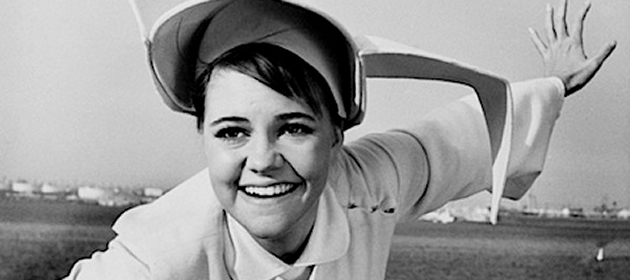
The TV Show: Field first showed up on the small screen in surfing sitcom Gidget , garnering attention for her role as a lovestruck surfer girl who likes nothing better than hanging on the beach and riding the waves.
She debunked to her best known (title) role in The Flying Nun a year later, playing a novice nun who has the ability to fly – thanks to a rather nifty habit. Field later regretted taking the role as the show’s success meant she became typecast.
The Breakout Movie: Field hit the big time, breaking out of her comedic strangeholds to star in Norma Rae , which earned her an Academy Award. Her “You love me, you really love me” acceptance speech is now the thing of legend.
Any Similarities: Couldn’t be more different, as Field breaks the ahem habit for an intense dramatic turn.
Clint Eastwood
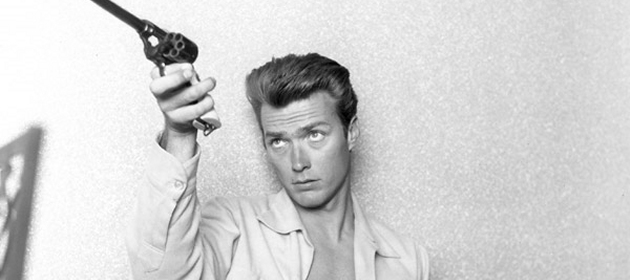
The TV Show: After a number of uncredited roles in various projects, Eastwood hit the big time in 1959 when he was cast in Western TV show Rawhide .
Despite early misgivings about his acting ability and his tendency to speak his lines with a squint and a hissing whisper, it was those very characteristics that became his calling card. Eastwood first became interested in directing during the show, but was unable to convince the show’s producers to let him get behind the camera.
The Breakout Movie: Eastwood’s big break came when his Rawhide co-star Eric Fleming turned down an offer to star in a film called A Fistful Of Dollars for director Sergio Leone. Seeing the film as an opportunity to escape the flagging Rawhide, Eastwood took the gig instead – and the rest is history.
Any Similarities: He may have still been in Western territory, but Eastwood took his clean-as-the-day-is-long character from Rawhide and muddied him into the moody anti-hero of Dollars .
Bringing all the latest movie news, features, and reviews to your inbox
Jennifer Aniston
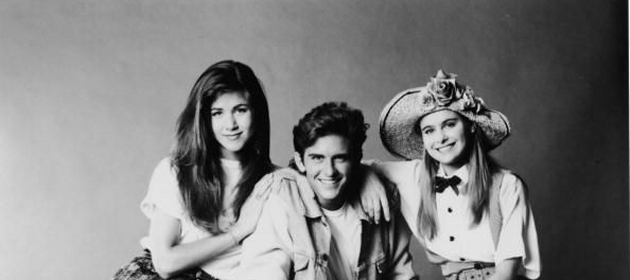
The TV Show: The obvious one is Friends , of course. But before that TV phenomenon made prisoners of every other comedy on air in the ’90s, Aniston lent her talents to a collection of stop-start TV projects.
Her first regular role arrived in 1990’s Molloy (somewhat fortuitously, she played a spoiled teenager), which was cancelled after just six episodes. Then came TV adap Ferris Bueller (above), which lasted 13 episodes, as well as guest stints on Quantum Leap, Herman’s Head and Burke’s Law .
The Breakout Movie: Aniston tried her hand at numerous middling romcoms before finally landing one that warmed the critics’ cockles with The Object Of My Affection in 1998. Though it’s her more indified roles in The Good Girl and Office Space that gave her a little credit, Aniston’s mostly stuck to romcoms.
Any Similarities: Aniston revels in comedy, which means all of her film roles are generally offshoots of her Rachel from Friends character.
Denzel Washington
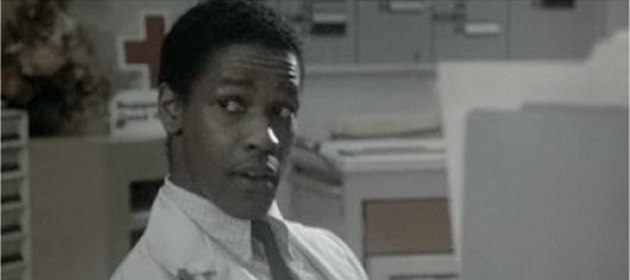
The TV Show: Having earned praise for treading the boards in a Maryland summer stock theatre performance of Wings Of The Morning , Washington’s first screen appearance came after he graduated, when he made a brief appearance in 1977 made-for-TV movie Wilma .
But it was a role in TV medical drama St. Elsewhere that earned Washington early plaudits. He was one of only a handful of African American actors to appear on the show, playing the sensible, driven Dr Philip Chandler.
The Breakout Movie: Playing a South African anti-apartheid activist in Richard Attenborough’s Cry Freedom in 1987 grabbed Washington a Best Supporting Actor Oscar nomination, while he won that very gong two years later with Glory .
Any Similarities: Though the characters are all very different, the throughline is Washington’s ability to bring to life different kinds of coloured characters that rarely got the spotlight in mainstream Hollywood cinema.
Goldie Hawn
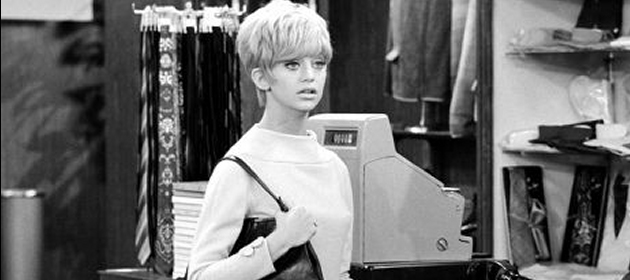
The TV Show: Hard to believe that Goldie Hawn was alive in the 1960s, but she was, making her acting debut in TV’s radio-flavoured comedy Good Morning, World . It aired for just one season between 1967 and 1968.
After that was cancelled, Hawn stuck with TV in the more successful Rowan & Martin’s Laugh-In , where she served for five years and earned much acclaim for her giggly, charming screen presence.
The Breakout Movie: Cactus Flower in 1969 gifted Hawn a Best Supporting Actress Oscar, with the burgeoning star playing the suicidal fiancée of Walter Matthau.
Any Similarities: Despite upgrading to movies, she’s still a sexy ‘60s It girl with that dangerously short white blonde bob and a penchant for killer comedy timing.
Tom Hanks
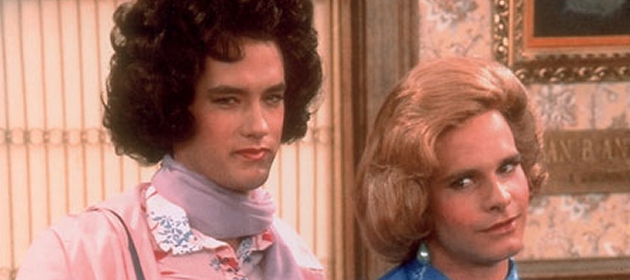
The TV Show: In 1978, Hanks uprooted from California and headed to New York City, where he landed roles in TV movie Mazes And Monsters as well as slasher He Knows You’re Alone.
But it was a starring role in ABC comedy Bosom Buddies that got him noticed. Alongside Peter Scolari, Hanks donned drag as an ad man who pretends he’s a woman so that he can live in a cheap, all-female hotel. Mad Men this ain’t.
The Breakout Movie: Splash , with other TV-starter Ron Howard first considering Hanks for the role of the jokester brother that later went to John Candy. Instead, Hanks falls in love with Daryl Hannah's flipper-footed mergirl as the film's lead.
Any Similarities: In Bosom Buddies , Hanks is a man pretending to be a woman. In Splash , he meets a mermaid pretending to be a mortal woman. Tenuous, but it’s there.


